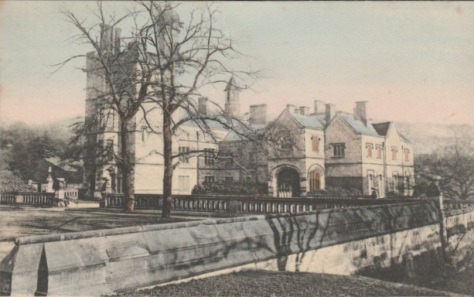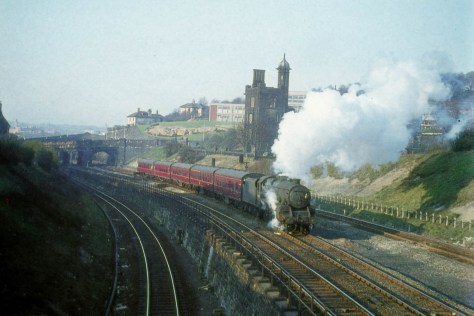
From generation to generation, Sheffield has had an annoying habit of destroying some of its most notable buildings and features.
Take, for example, The Farm, a country house long gone, and replaced with a building you’ll be very familiar with.
Once upon a time, The Farm was in idyllic countryside, but the growth of Sheffield as an industrial town quickly devoured it. Its name would turn out to be a contradiction, considering the surroundings it eventually found itself in.
Nowadays, it is hard to believe that The Farm ever existed at all, its close proximity to the city centre obliterating every trace of it.
Sheffield once had a dual history, for it was at the same time a town and (eventually) city, and also a great landed estate belonging to the Duke of Norfolk.
Dating back to the 18th century, The Farm was rebuilt on an even grander scale in 1824 to provide accommodation for Michael Ellison, local agent for the 12th Duke.
Henry Granville Fitzalan Howard (1850-1860), the 14th Duke of Norfolk himself moved to The Farm three decades later, but not before it had been rebuilt once again to the designs of Matthew Ellison Hadfield (nephew of Michael Ellison).
It marked a new beginning in the ducal attitude towards Sheffield. As a major landowner he took a close interest in local affairs and was to be in residence for part of every year. A new wing was built, containing the offices.
The Farm contained a square, lead-covered tower ‘with oriel turret stair, surmounted by a lofty vane, and flanked by a grand stack of chimneys’. There was a domestic chapel over the gateway, and the kitchen offices ‘very capacious and complete’. The tower was adorned with figures carved in stone, representing the four rivers – Don, Sheaf, Loxley and Rivelin – which flowed through his estate.
By this time, the tunnel of the Sheffield-Chesterfield railway passed beneath the grounds.
When his son, Henry Fitzalan-Howard (1847-1917), 15th Duke of Norfolk, inherited in the 1870s his estates produced over £100,000 gross per annum and his income increased throughout his life.
Over half came from Sheffield, not just from rents but also from mineral rights and the markets, which he owned as lord of the manor until 1899 when he sold them to Sheffield Corporation.
He was a British Unionist politician and philanthropist. He served as Postmaster General between 1895 and 1900, but is best remembered for his philanthropic work, which concentrated on Roman Catholic causes and the City of Sheffield. (He was the first Lord Mayor of Sheffield).
The Duke of Norfolk’s estates in Sheffield survived until the 1950s, before gradually reverting to the council.
After the Duke of Norfolk, the mansion became offices for British Rail Eastern Division, before being demolished in 1967, when the area was used for the building of Granville College.
Today the site is occupied by the futuristic City Campus of The Sheffield College, but former parkland once adjacent to The Farm, is now known as Norfolk Heritage Park, enjoyed by the public for generations.
The next time you drive up Farm Road, past Farm Road Club, remember where they got their names from.







